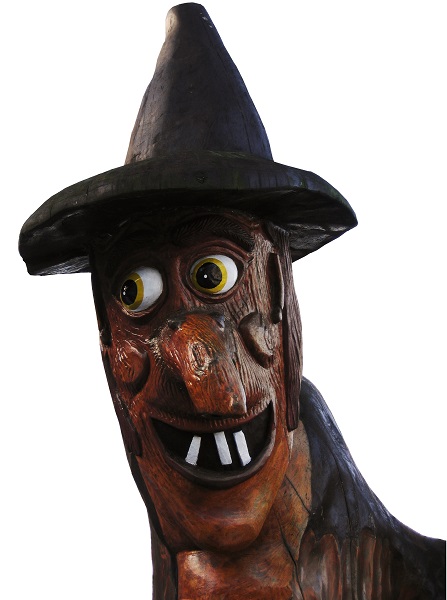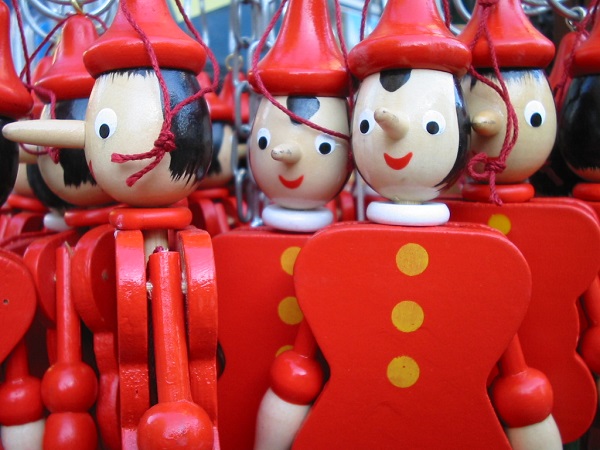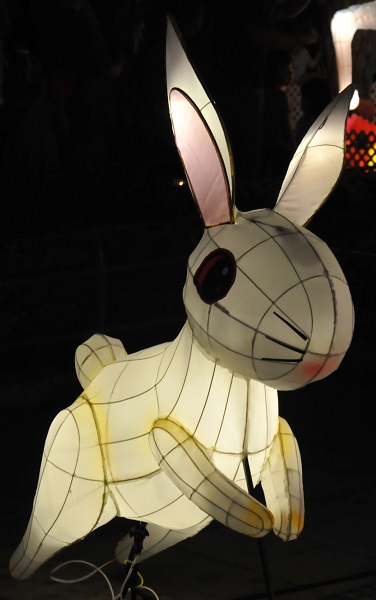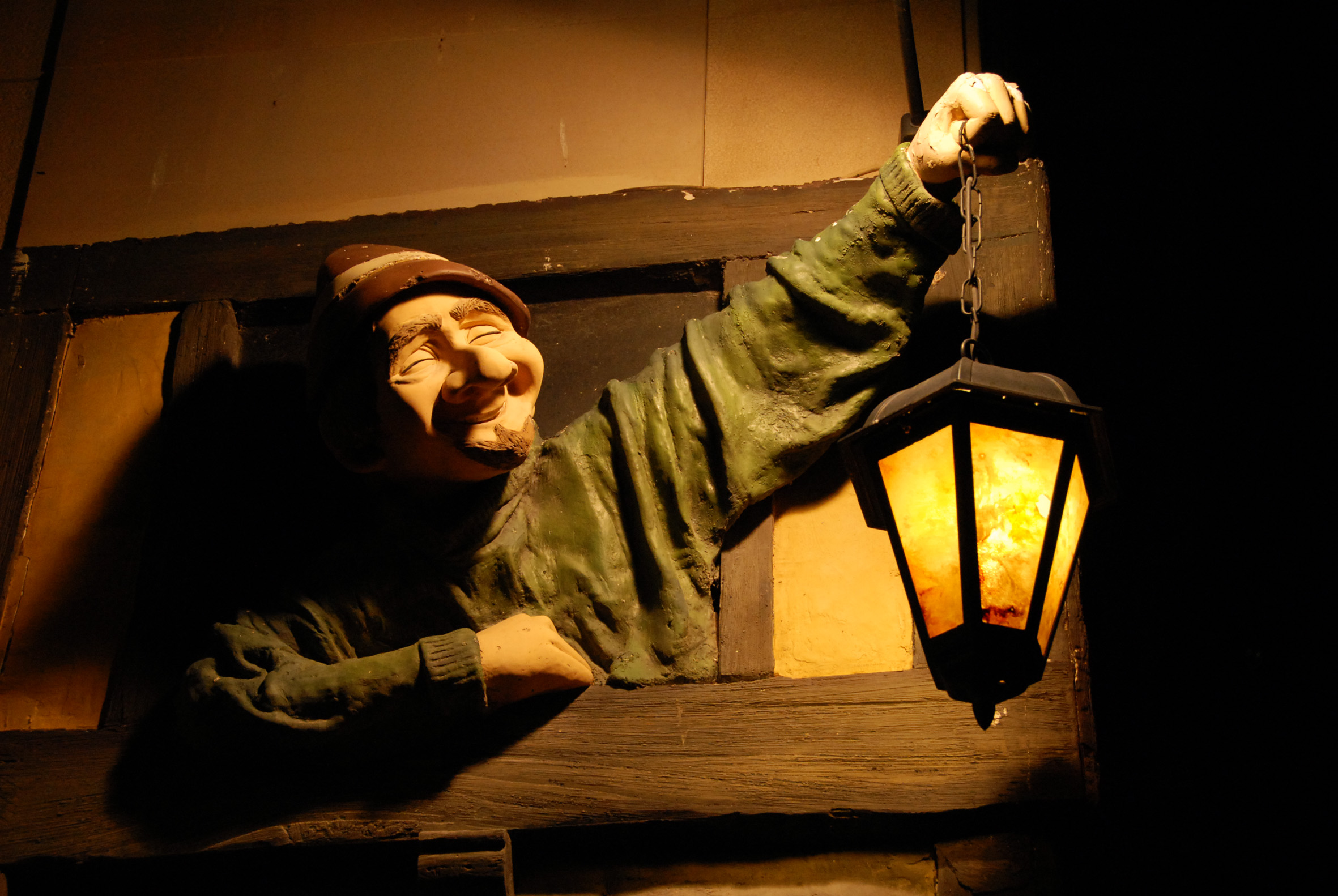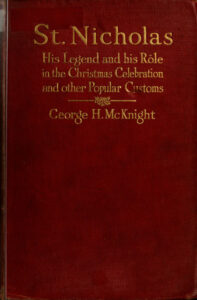St. Nicholas – His Legend and His Role in the Christmas Celebration and Other Popular Customs (By George H. McKnight, 1917) – Chapter 8

CHAPTER VIII
ST. NICHOLAS AS PATRON SAINT
Anyone brought up in a Protestant country, in the Protestant faith, will not find it easy to form an adequate conception of the nature of saint worship. Such a person, however, if he should visit certain of the less progressive provinces of Catholic Christendom, would find surviving in much of its pristine vigor, with much of its original naïveté, the saint worship once universal in the Christian world. In Sicily, for instance, he would find each city with its patron saint revered and honored very much as in the earlier days. If he should happen to be in Catania on one of the two days in the year devoted to the honor of Catania’s patron saint Agatha, he would see the image of St. Agatha surrounded by native offerings of extravagant value, in a resplendent car drawn by white-robed men, and he would hear enthusiastic shouts of “Viva Sant’ Agatha!” whenever a new candle for the car was offered by one of the votaries of the saint. In Palermo he would find like honor paid on her festival day to St. Rosalia, the patron saint of Palermo; in Syracuse he would find St. Lucy; in Taormina, St. Pancras, similarly honored. These Sicilian celebrations of saints’ days, featured as they are by the presence of such modern, ultra-secular inventions as fireworks, nevertheless retain not only much of the form but to some extent the spirit of earlier celebrations.

Triumphal Car of St. Lucy used in the Annual Procession in Honor of the Saint at Syracuse in Sicily.
Nor is the Sicilian worship of saints entirely one-sided. On the one hand honors are paid, but on the other hand benefits are supposed to be received. An idea of the nature of the protection afforded by the saints and of the intimate relation existing between saint and votary may be gained by a visit to the church of San Nicola at Girgenti. There one will find the picture of the saint surrounded by representations, in silver, or more often in wax or carved and painted wood, of swollen limb, cancerous breast, goitered throat, injured eye, carbuncle, and the like, healed through the intervention of the saint. Even more specific, more living, record of protection received is afforded by the votive offerings on one wall of the church in the form of naïve little paintings illustrating the aid afforded by St. Nicholas, one “showing a spirited donkey running away with a painted cart, the terrified occupant frantically making signals of distress to S. Nicola in heaven who is preparing promptly to check the raging ass, others showing S. Nicola drawing a petitioner from the sea, or turning a mafia dagger aside, or finding a lost child in the mountains.”
In Catholic Brittany, too, one will find similar forms of saint worship. One will find the so-called “Pardons,” or pilgrimages on different days of the year to different ones of the famous shrines of Brittany, occasions celebrated with festal processions accompanying the image or the relics of the saint honored. In the Breton churches also one will find the same form of testimony, as in Sicily, to the protection offered by the various saints. In the church of St. Sauveur at Dinan, in the chapel of St. Roch, one will find a representation of the saint over the altar and on the wall a framed vœu, to the effect that St. Roch confers many benefits, especially in case of pestilence, that he saved the city from pestilence in 16—, and that the vœu is for the sake of preserving the memory of his goodness to the city. On the wall also are framed litanies to St. Roch and individual votive offerings with dates, many in the form of hearts, others framed inscriptions with “Merci Bon St. Roch,” accompanied by the date of the benefit received. Over the door of a house in Brittany also one often finds the image of the patron saint of the occupant.
In Brittany down to our own time honor continues to be paid to a great number of saints not known elsewhere, never canonized by the Roman church and probably in their origin having little of Christian character, more than likely Christian representatives of earlier, local, pagan divinities. The functions of these local Breton saints are specialized to an extent hardly found elsewhere at the present time. Ailments are subject to the cure of particular saints. The specialization is hardly equalled even by that in the modern practice of medicine. Saint Mamert is invoked in case of pains of the stomach, Saint Méen for insanity, Saint Hubert for dog bites, Saint Livertin for headache, Saint Houarniaule for fear, Saint Radegonde for toothache.
There is a certain beauty in the intimate relations existing between simple people and their divine representative, but the naïve character of the practice, in a striking manner, brings to one’s realization the superstitious mode of thought prevalent in medieval times. The Reformation, in the sixteenth century, did much to dispel these older, superstitious forms of religious thought. As already remarked, among Protestants the old reverence of the saints is hardly understood. In the modern Catholic church, too, the extravagant features of saintly legend and of saint worship have been largely eliminated, only vestiges surviving in those provinces little affected by modern progress.
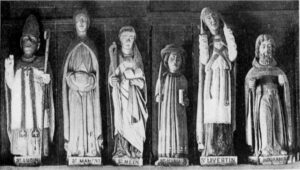
Images of Breton Saints, Preserved at Moncontour-de-Bretagne.
Evidence of similar specialization in earlier forms of saint worship, and of Protestant ridicule of it, is to be found in Barnabe Googe’s sixteenth-century translations from Naogeorgus:
Not only were the saints invoked for protection against particular ills, but the guilds, or craft fraternities, had each its patron saint. Cities and nations also had each its particular saintly guardian, and individuals, by assuming the names of particular saints, aimed to establish a protective relationship. Variations in these relationships existed, but some ones widely recognized were that between St. Agatha and nurses, St. Catherine and St. Gregory and studious persons, St. Cecilia and musicians, Saints Cosmas and Damian and physicians, St. Luke and painters, St. Sebastian and archers, St. Valentine and lovers, St. Ives and lawyers, Saints Andrew and Joseph and carpenters, St. George and clothiers, and so on. Of countries Scotland comes under the care of St. Andrew, England under that of St. George, Ireland under that of St. Patrick, Wales under that of St. David. St. Anthony belongs especially to Italy, St. Denis to France, St. Thomas to Spain, St. Mary to Holland, St. Sebastian to Portugal. Of cities Venice is under the protection of St. Mark, Florence of St. John, Paris of St. Genevieve, Vienna of St. Stephen, Cologne of the Holy Magi.
As compared with some of the other saints in affording protection St. Nicholas is less the specialist and more the general practitioner. He certainly has his share of duties assigned him. With St. Mary and St. Andrew he shares the guardianship of Russia, with Olaf that of Norway, with St. Julian of Rimini, that of the whole eastern coast of Italy. Of cities he is the patron saint: in the North, of Moscow and Aberdeen, in the South, of Bari and Corfu, in intermediate countries, of Amiens, Civray (Poitou), Ancona, Fribourg (Switzerland), and several places in Lorraine.
The guardianship of St. Nicholas over schoolboys and unwedded maids has already been discussed. Mention has also been made of St. Nicholas as patron saint of various crafts in the towns of the Netherlands. To the list of occupations protected, may be added those of butchers, fishermen, pilgrims, brewers, chandlers, and coopers, with all of which St. Nicholas is more or less closely associated as patron saint. It remains to consider in more detail the part played by St. Nicholas as the protector of mariners and the less prominent, but not the less interesting, relationship between St. Nicholas and thieves.
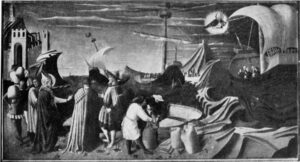
Beato Angelico. St. Nicholas Saves the City in Time of Famine.
Throughout the Christian world, everywhere, the devotion of sailors to St. Nicholas is much in evidence. In Greece, where St. Nicholas is one of the most popularly honored saints, at the present day, according to a recent authority, “everyone connected with seafaring appeals to him for protection and relief. All ships and boats carry his ikon with an ever-burning lamp, and in his chapels, models of boats, coils of cables, anchors, and such things, are given as votive offerings. Pirates even used to give him half their booty in gratitude for favors received. On account of this worship, St. Nicholas has been said to have supplanted Poseidon, for the cults lie along the same lines. During a recent strike at the Piræus the seamen swore by St. Nicholas not to yield, and they would not break their vow although they wished to compromise. The Archbishop had to come specially to release them from their oath.”
In Russia, as in Greece, an ikon of St. Nicholas is carried in every merchantman. In other countries there is plentiful record of similar association of St. Nicholas with the protection of the sea. In the Island of Minorca, in the eighteenth century, near the entrance to the harbor, stood a chapel dedicated to St. Nicholas, to which, according to an old account, “the sailors resort that have suffered shipwreck, to return thanks for their preservation, and to hang up votive pictures (representing the dangers they have escaped), in gratitude to the saint for the protection he vouchsafed them, and in accomplishment of the vows they made in the height of the storm.”
In Teutonic countries St. Nicholas played a similar part. In Germany it was formerly customary for sailors escaped from shipwreck to dedicate a piece of old sail to St. Nicholas. In every Hanseatic city there was a church to St. Nicholas, and in Hanseatic cities favorite personal names were Nicolaus, Claas, Nickelo, and other popular derivatives from St. Nicholas. There were also churches dedicated to St. Nicholas in places threatened by injury from water, for instance at Quedlingburg. In Switzerland, too, St. Nicholas is the patron of travelers by water. Sailors on the Lake of Lucerne are said to make vows and votive offerings to him, and by Swiss waters formerly there were everywhere to be found St. Nicholas chapels.
The association of St. Nicholas with the sea is found in one of the best known of the incidents in his legend, although, in this case, even more than the case of the other incidents of his life story, there is room for question whether he is to be regarded as the protector of seamen because of the incident in his story, or the incident in the story originated as an explanation of the veneration paid St. Nicholas by seamen.
The incident in question is thus recorded in the Golden Legend:
It is read in a chronicle that the blessed Nicholas was at the Council of Nice; and on a day as a ship with mariners were in perishing on the sea, they prayed and required devoutly Nicholas, servant of God, saying: If those things that we have heard of thee be true, prove them now. And anon a man appeared in his likeness and said: Lo! see ye me not? ye called me, and then he began to help them in their exploit of the sea, and anon the tempest ceased. And when they were come to his church, they knew him without any man to show him to them, and yet they had never seen him. And then they thanked God and him of their deliverance. And he bade them to attribute it to the mercy of God, and to their belief, and nothing to his merits.
It is worthy of note that the mariners of this story, when in distress, already know of the reputation of St. Nicholas for efficacy in such situations, which seems to indicate that in this case story grew from belief rather than belief from story.
The story of the rescue at sea accomplished by the intervention of the saint forms a favorite subject for Italian painters, particularly those of the earlier period. The picture by L. Monaco represents the scene in a manner delightfully primitive.
The aid afforded by St. Nicholas to mariners in distress also forms the subject of a story sung in a popular Servian carol, in which there is much in evidence the peculiar charm of the folk-tale. The story goes that all the saints, festively assembled, were drinking wine. When the cup, out of which each drank in turn, was passed to St. Nicholas, he was too sleepy to hold it, and let it drop. St. Elias shook him by the arm and aroused him. “Oh! I beg the pardon of the company,” said the sleepy saint, “but I have been very busy and I was absent from your festival. The sea was rough, and I had to give my help to three hundred ships that were in danger.”
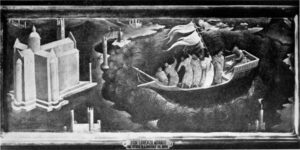
L. Monaco. St. Nicholas Rescues the Seamen.
It is not easy to associate St. Nicholas with the thought of severity. One can hardly conceive of him as a stern judge. Was he open to the charge of being what is popularly called “easy”? Certain it is that his beneficence had a wide scope. The universality of his guardianship can hardly be better illustrated than by the fact that he not only afforded protection from robbers and shielded the unjustly condemned, but at the same time shared with St. Dismas the questionable honor of being the protector of pirates and thieves.
This protective relationship, in Elizabethan times, formed the subject of a stock jest. Robbers and thieves were facetiously called “St. Nicholas’ clerks.”
“Sirrah,” says Gadshill, “if they meet not with St. Nicholas’ clerks, I’ll give thee this neck.”
“No,” rejoins the Chamberlain, “I’ll none of it; I pr’ythee keep that for the hangman; for I know thou worshipp’st Saint Nicholas as truly as a man of falsehood may.”
How did St. Nicholas get into such evil associations? It will be remembered that the seamen protected by him included pirates, and that Greek pirates are said to have shared their booty with him. Have these evil associations corrupted his good manners, and has he thus been brought into association with thieves and robbers? Perhaps so. But other explanations have been offered. His name has become associated with that of the “Old Nick” in a way that remains to be explained. Perhaps in this way he has come to acquire the function of the “Old Nick,” as the protector of evil. A more plausible explanation accounts for his association with thieves by the popularly known story, which formed the subject of one of the St. Nicholas plays, that of the thieves who had stolen goods left under the guardianship of St. Nicholas’ image and who were compelled by the saint to restore the goods and thus brought “to the way of trouth.”
Whatever the cause, the association was one well established. St. Nicholas’ clerks were well known in Elizabethan times, and are frequently referred to in literature. There were also lively popular stories on the subject, one of which forms the subject of a stanza in a merry St. Nicholas carol.


